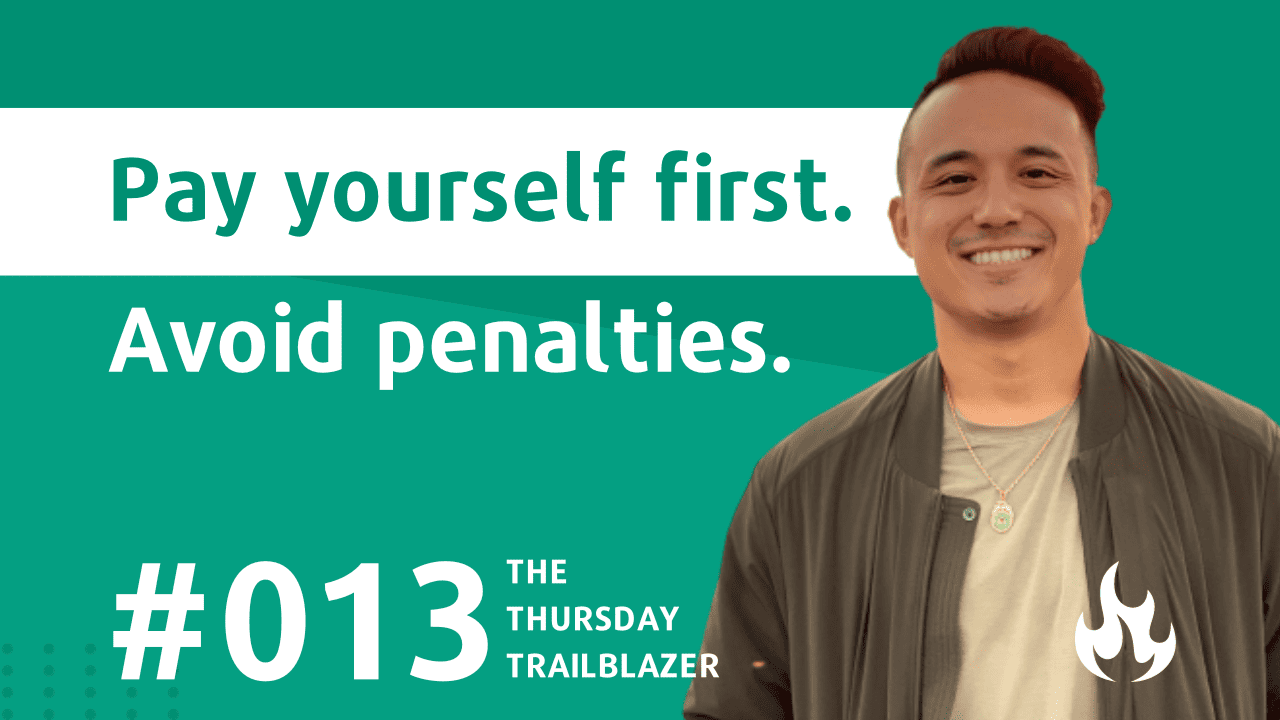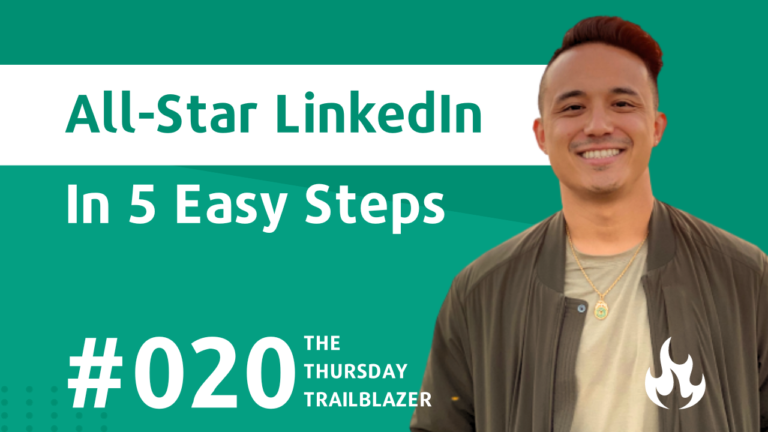T3 #013: Pay yourself first, then look towards other investments

Doesn’t take much online to come across a video on social media telling you how to hack your retirement accounts…
…finding loopholes to use the money today.
Especially to buy their fancy course or “investment.”
That is the WRONG frame of thought when looking at retirement.
My personal motto: Set it and forget it.
The value of any long-term investment strategy is that very thing, it is a long-term investment.
Last week, I touched on some of the advantages to consider with a health savings account (HSA) since that is often overlooked.
Most people focus only on a 401(k) or some flavor of an IRA.
Regardless of the retirement vehicle, pulling any amount from those accounts prematurely may have some tax implications or even penalties.
Could you pull some of your 401(k) for a house purchase without penalties?
Yeah there are ways.
Would I?
Nope.
Let’s take a deep dive into a health spending account for example.
A health savings account is a tax-advantaged medical savings account that is intended to be used for qualifying medical expenses.
If you are using the money for qualifying medical expenses, you are good.
No penalty.
Now, what if you want to pull the money out and use it for something else?
There will be a penalty if you wanted to use the money to pay off other bills or purchase a house or car.
You’ll have to pay income tax on the amount plus a 20% penalty.
Any money that I put into my investments…
…I look at it as if it was a non-returnable purchase.
I want to avoid seeing that balance prior to retiring and ever thinking to myself, “I can use that.”
Heck, the goal is that even in my retirement that I won’t need to use it.
How to I prioritize investing in a health savings account versus another option?
If I can only invest in something either at a specific limit per year, I will try to prioritize those accounts before looking towards other things like real estate.
For 2023, that would be a max limit of $6,500 for my Roth IRA and $3,850 for my HSA.
But what about the $22,500 limit for a 401(k)?
Since that account doesn’t necessarily allow my investment gains to grow tax-free, I start by contributing up to what my employer would match.*
A $1 match for every dollar invested is a 100% return!
You can’t get better than that!
My HSA and Roth IRA investments are in my category of paying myself first.
Any income above that is then budgeted and set aside for other investments.
Could I accelerate other investments, like real estate, if I chose to not contribute to a HSA or Roth IRA?
Sure.
But I’m slightly more risk adverse…
…where I’m willing to wait the extra paycheck or two to make up for those investments, rather than reallocating that money and forgetting about that investment.
This way for whatever reason if I make some bad investment calls…
…I know I have a retirement nest egg to lean back on.
Once 2023 passes, it’s gone.
And so is that small window to contribute to those accounts.
*There are both Traditional 401(k) and Roth 401(k) options available depending on your employer. Check with your HR for which plans may be available as that may impact your strategy.
📚 Other Notable Resources
- Last Week’s Post: A Health Savings Account (HSA) is the ultimate investment hack
- Free Resource: Personal Budgeting Template (works for couples too!)
- Read all past articles: Thursday Trailblazer Archives
Learn the tactics we should have learned in school without the trail-and-error.
Join me and 67+ subscribers to The Thursday Trailblazer. Every Thursday morning, you’ll receive 1 step-by-step insight to help you level up in the areas of personal finance or career development.






